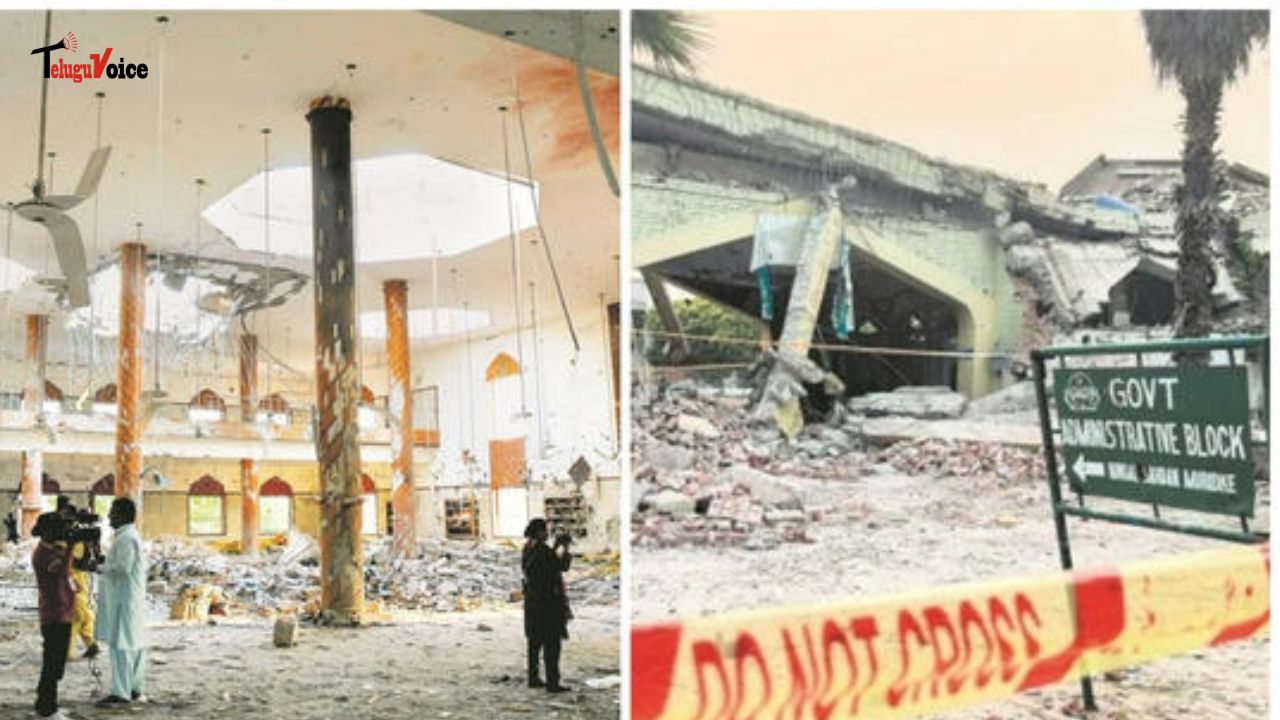Operation Sindoor: India’s Massive Retaliation Revealed

One month after Operation Sindoor, new details have emerged showcasing India's extensive military response to Pakistan’s provocations. The Indian military, backed by digital evidence and damage assessments, launched a high-intensity four-day campaign between May 7–10, targeting key Pakistani airbases and terrorist infrastructure.
The Indian Air Force (IAF) used 19 BrahMos cruise missiles and an equal number of French SCALP missiles to strike 11 airbases, including Sargodha, Rafiqui, Jacobabad, and Chaklala. Notably, India’s Rafale jets, S-400 air defense systems, and M777 howitzers demonstrated superior performance, downing four Pakistani aircraft—likely Chinese-made fighters—and two large support aircraft.
Pakistani attempts to retaliate using Chinese PL-15 missiles and HQ-9 air defense systems failed to inflict significant damage. India destroyed key assets such as a Chinese LY-80 radar, two U.S.-made AN/TPQ-43 tracking radars, and a fire unit of the HQ-9 system. Indian electronic warfare systems neutralized Turkish YIHA drones and intercepted FATAH-1 rockets.
One of the operation's highlights was the precision strike on terrorist facilities. India used Crystal Maze and SCALP missiles to destroy Lashkar-e-Taiba’s Muridke headquarters and a Jaish-e-Mohammed facility at Markaz-e-Subhan Allah. Nine terror camps in Pakistan and PoK were bombed, and over 100 terrorists were reportedly killed.
A Pakistani document later confirmed that Indian drone strikes reached as far as Peshawar and Hyderabad, revealing the true extent of India's retaliatory reach. Pakistan's counter-operation, "Bunyan-um-Marsoos," collapsed within eight hours, despite initial claims of overwhelming retaliation.
In response, India is now replenishing its stockpile with long-range loitering munitions, kamikaze drones, and advanced missiles. As per CDS General Anil Chauhan, Operation Sindoor is not over—it has merely shifted into a phase of preparedness and strategic reinforcement.

 South Africa tour of India 2019
South Africa tour of India 2019










Comments